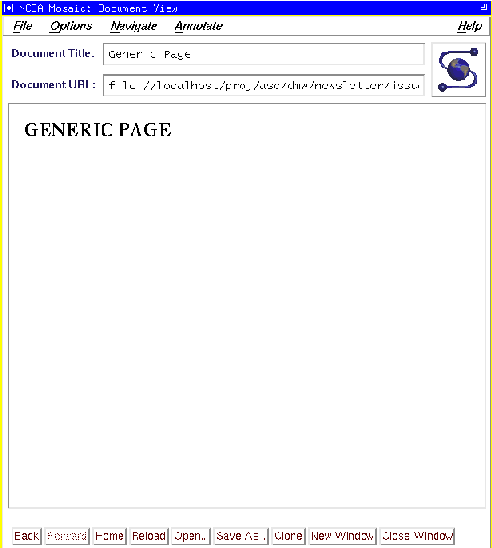
The past year has seen an enormous expansion of interest in the latest information resource on the Internet: the World Wide Web (WWW). The WWW is a globe-spanning collection of programs called Web servers that dispense information to interested users. The thing that makes WWW different from other sources of information on the Internet is its use of hypertext. Hypertext allows various kinds of information to be included in a single document. Text, pictures, sounds, and video can all be included in a hypertext document. What's even more important, hypertext documents can contain links to other hypertext documents anywhere else on the Web - and that means anywhere else in the world! A link allows you to move from one document to another transparently, without having to know where the document is located. The Web servers do the work of finding the document and getting it to you.
Hypertext documents are written in a language called HTML (HyperText Markup Language). HTML provides simple formatting commands (somewhat like LaTex, though much less extensive), and mechanisms for inserting links to other hypertext documents. For example, here is the HTML for the Generic Page shown in Figure 12:
<HEADER>
<TITLE> Generic Page</TITLE>
</HEADER>
<BODY>
<H1>GENERIC PAGE
</BODY>

Figure 12. Generic page of the WWW browser program, mosaic
HTML documents may be created using a text editor, or may be translated automatically from LaTeX documents with the latex2html tool written by Nikos Drakos, Computer Based Learning Unit, University of Leeds.
The Web is used through programs called browsers that ask servers for hypertext documents, and then format the documents for viewing (or hearing) by the user. The most widely used browser is called Mosaic, and was developed by the National Center for Supercomputing Applications (NCSA) in Illinois. Versions of Mosaic currently exist for Next, Unix/X, and the Macintosh. There are many other browsers available, including some that work on text-only terminals (these don't support the sound, graphic, and video features of hypertext). In this article, we will concentrate on the Unix/X-window implementation of Mosaic.
----------------